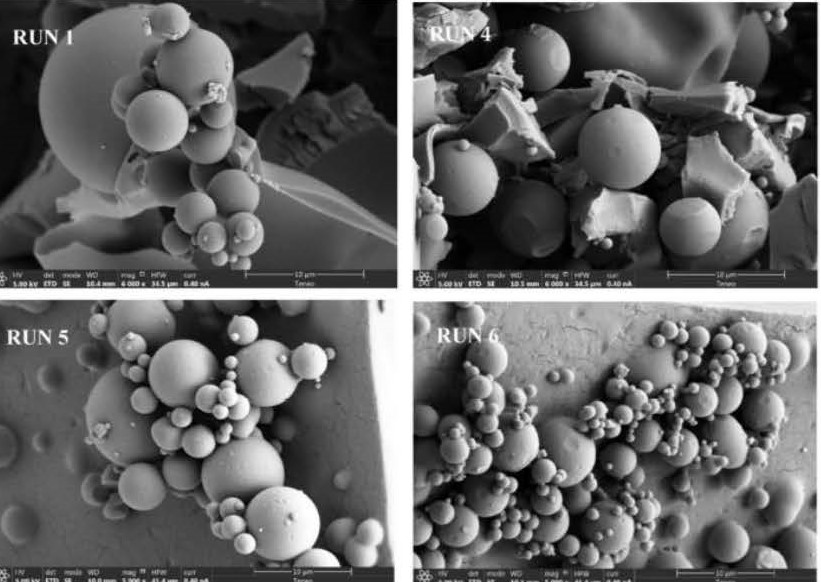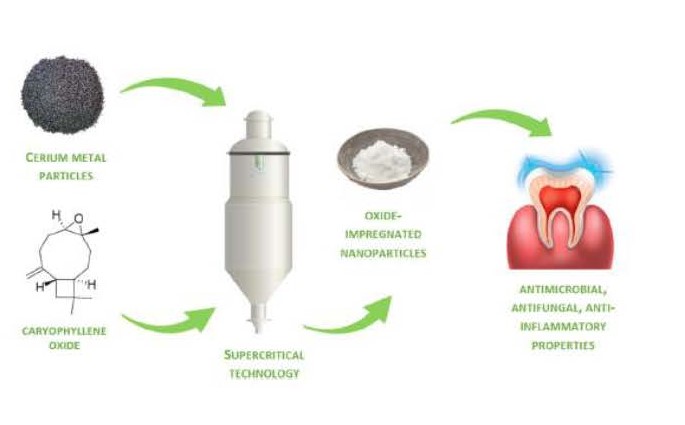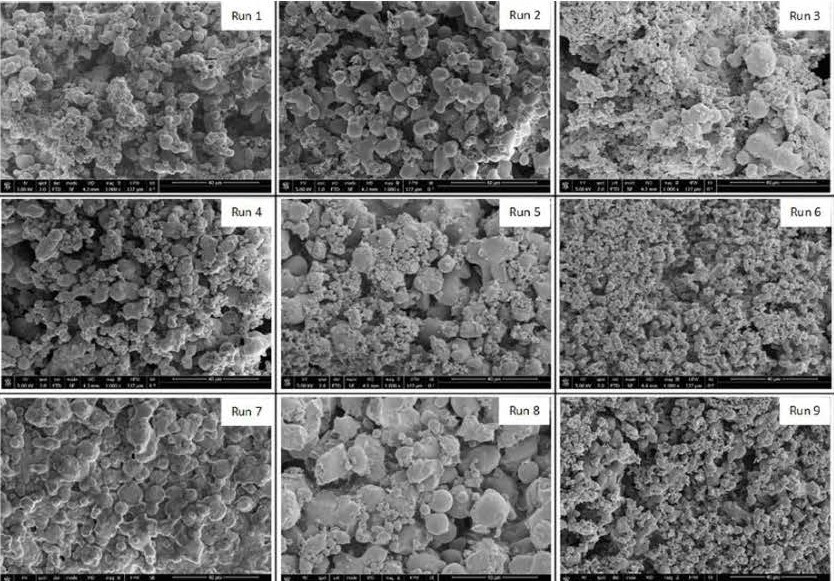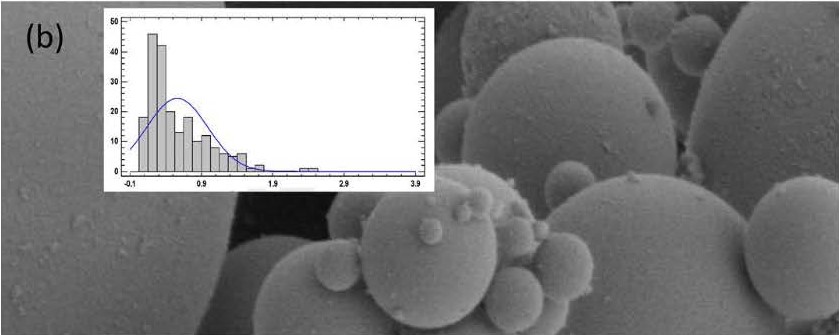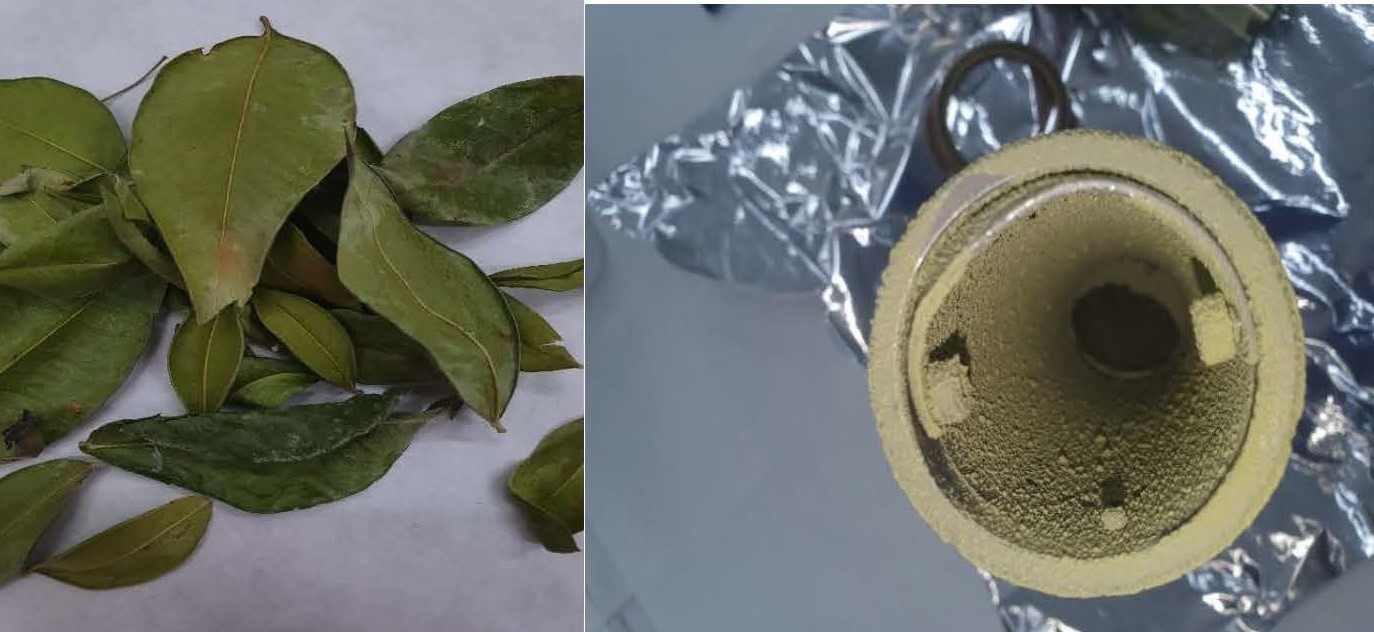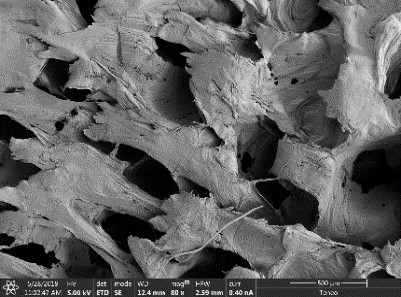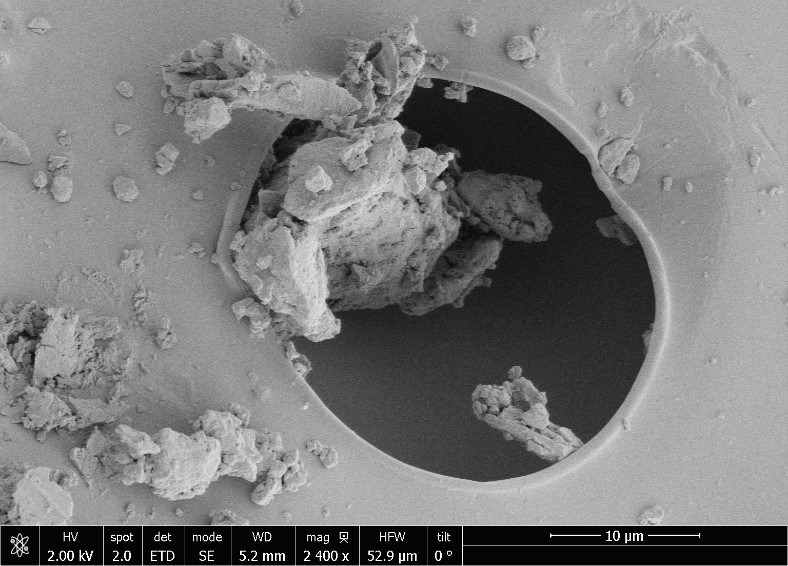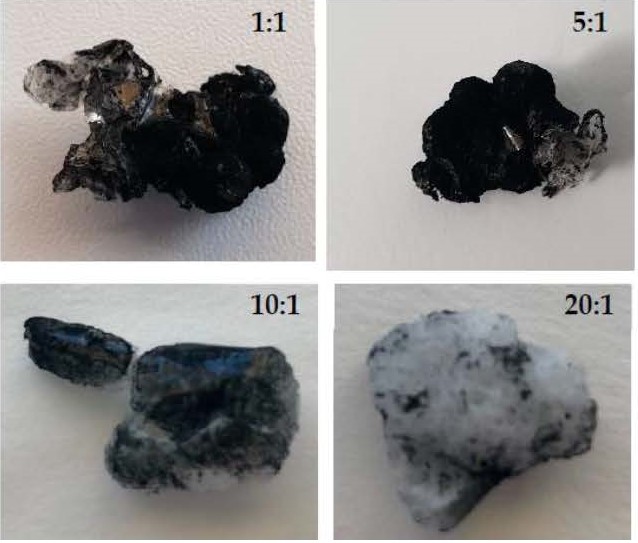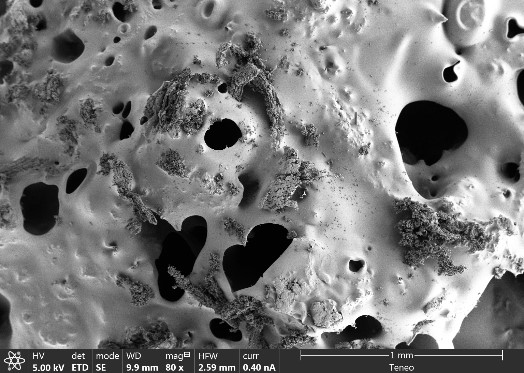Antonio Montes, Diego Valor, Clara Pereyra and Enrique Martínez de la Ossa The objective of this work was evaluation of the supercritical antisolvent extraction (SAE) process to generate microparticles with antioxidant activity from Moringa leaves. A biodegradable polymer was used as an inductor of particle precipitation. An ethanolic extract of 25 mg/mL was used in […]
| Generation of Spherical Microparticles of Moringa Leaves through a Supercritical Antisolvent Extraction Process | entrada | 12 de mayo de 2023 | Antonio Montes, Diego Valor, Clara Pereyra and Enrique Martínez de la Ossa The objective of this work was evaluation of... |


